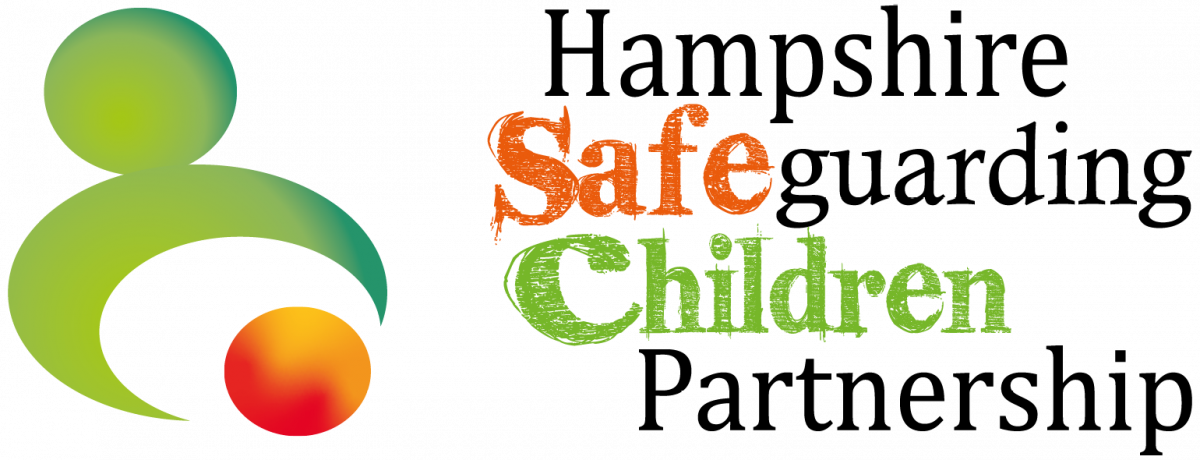Harmful Sexual Behaviour
Harmful sexual behaviour (HSB) is developmentally inappropriate sexual behaviour displayed by children and young people which is harmful or abusive.
Peer-on-peer sexual abuse is a form of HSB where sexual abuse takes place between children of a similar age or stage of development.
The term Harmful sexual behaviour does not relate to any and all sexual behaviour demonstrated by a child. The Hackett continuum highlights the behaviour in context of what we would commonly expect a child of that age and stage to demonstrate. The behaviour may be inappropriate or problematic and as such requires a different response.

This video from the Parents Protect Project gives a helpful overview.
Young people with harmful sexual behaviour – Parents Protect learning module 5 – YouTube
Follow safeguarding procedures for your organisation as you would for any other incident where there may be harm to a child.
It is imperative not to excuse the behaviour, but also to keep responses proportionate and measured, and to understand and address the cause.
Language used is key, this is a child that has exhibited Harmful Sexual Behaviour – do not use terms such as sex offender, predator, paedophile, these are unhelpful and often inaccurate.
The term Harmful sexual behaviour does not relate to any and all sexual behaviour demonstrated by a child. Refer to Brooke or the Hacket continuum to consider the behaviour in context of what we would commonly expect a child of that age and stage to demonstrate. The behaviour may be inappropriate or problematic and as such requires a different response.
Accurate recording of concerns – make sure recording in timely, factual, and accurate. Writing ‘an incident of a sexual nature occurred’ is much less helpful than clearly describing the incident.
Safety planning in place needs to be proportionate to the risk/potential risk and needs to be frequently reviewed to keep it relevant and helpful to everyone involved. If it initial includes isolation or not having contact with certain children, time frames for when and how this can be lifted are needed. Remember 24/7 surveillance is not realistic or sustainable.
Safety planning and any risk assessment needs to be written in a way that the child that has exhibited Harmful Sexual Behaviour can understand and follow, and in a way that their families can replicate it at home if needed. Consider risk alongside wellbeing and welfare needs.
Information needs to be on a need to know basis, the child that has exhibited the behaviour has the right for the whole setting not to be aware of what has happened.
Be wary of reading any denial from the child as a ‘sign of guilt’, this is a complex multi faceted topic and denial is more likely to be a sign of self protection or shame than it is a cause for concern.
Relationships are key to supporting all those involve in the incident(s)
All the skills you have as a professional to work with children are key to working with a child that has exhibited Harmful Sexual Behaviour.
Look after yourself when working with Harmful Sexual Behaviour as this can be an emotive subject and be mindful of your own boundaries.
Remember that the most import work you can offer to a child exhibiting HSB may not be about sex or sexual behaviours, but in fact about building resilience, creating healthy and positive relationships, and looking at the possible background for the behaviours, then helping them to move on;
Any intervention work should not focus on preventing harm independent of any other needs the child has, this work should be part of a package of support.
The child exhibiting Harmful Sexual Behaviour also needs to be protected from abuse and social isolation and given the chance to safely move on and learn how to make healthy and safe choices, whilst being supported to develop skills and confidence.
Continue to review any safety plans or risk assessment and record accurately.
Be mindful of using resources that meet the child’s learning style as well as literacy needs.
Consider the language used – does the child know the word penis, or do they say something else, checking understanding is key.
Whilst specialist assessment and intervention may sometimes be needed for a small cohort of children, on the whole intervention can be carried out without the need for this;
